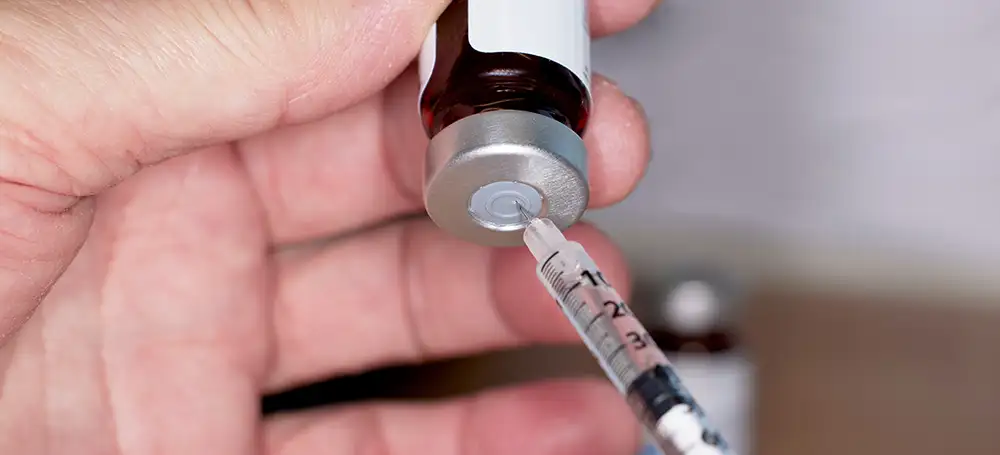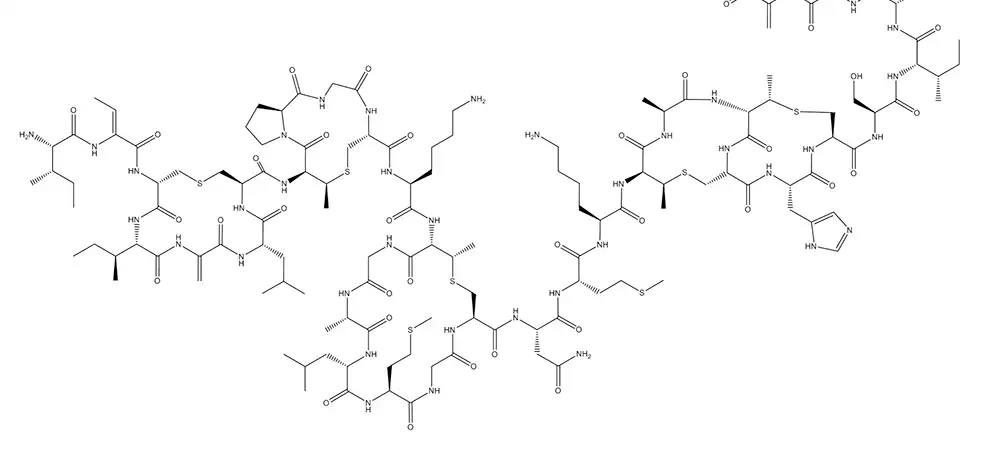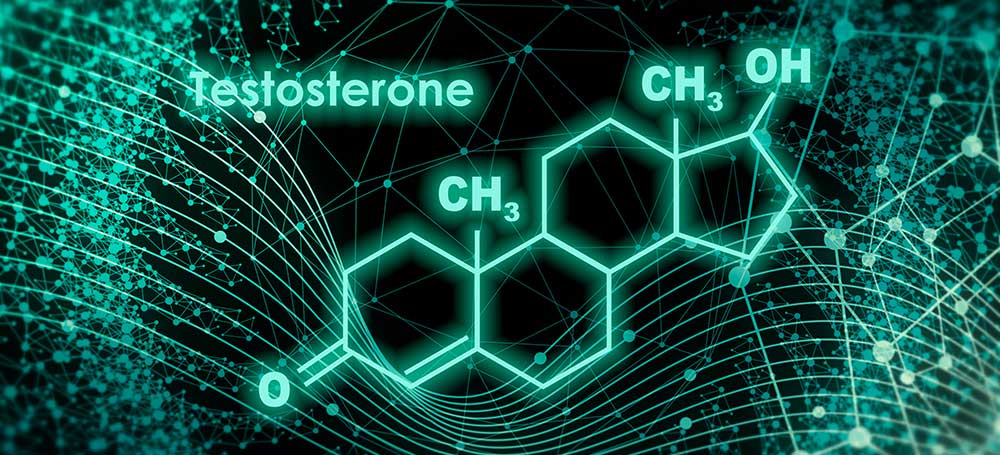Uncovering the truth about Low Testosterone and its impact on Men
With several million men experiencing low testosterone (Low-T) in the U.S., you might think that there would be plenty of good sources of information out there on the topic. And while the symptoms of Low-T are well known — decreased sex drive, low energy, loss of muscle and fatigue– there are still some myths about the causes, symptoms and treatments.
Today we wanted to address some of the more common myths and debunk them with cold-hard-facts.
Myth: “Low T Is an Inevitable Consequence of Growing Older.”
Reality: It’s a well-established medical fact that as the human body ages, your testes naturally begin to produce less testosterone. You only have to think back to when you were a teenager to understand that concept. However, “less testosterone” isn’t necessarily the same as “low testosterone.”
There are normal ranges for testosterone for people at different ages, and just because you’ve got less now than you did in your 20’s doesn’t mean you have a medical problem. Low-T is medical diagnoses that occurs when a man’s testosterone falls below the expected range for their age. This is determined by an examination with a medical professional and a blood test.
Most disturbing is that modern men are losing their testosterone faster than their fathers and grandfathers did. Overall, men are losing more testosterone faster and no one no for sure why. There are some theories that endocrine blockers that are part of the food supply chain are causing men to stop producing testosterone at the levels they should. Whatever the reason is, you may have lower testosterone levels than your dad did at your age.
Myth: “Low T Can’t Affect Younger People.”
Reality: This is absolutely false. Low Testosterone affects men of all ages, for a variety of reasons.
One of the most common is damage to pituitary glands or testes. These injuries can lead to lower testosterone production in men of any age.
The second common cause is Type 2 Diabetes. Testosterone helps the body’s tissues take up more blood sugar in response to insulin. A 2010 study showed that almost 1 in 3 men that has Type 2 Diabetes also has Low T. Conversely, men with low testosterone have also been found to be more likely to develop diabetes later in life.
A third link to Low-T for younger men can be obesity. Research indicates that the higher a man ranks on the BMI (Body Mass Index) scale, the more his testosterone levels decrease. The same study, as mentioned above, showed that 25% of obese men had Low-T, and that number jumped to 50% in obese teenagers.
A fourth link may include environmental factors such as pollution and food processing and pesticides containing hormone blocking agents may artificially suppress testosterone production in otherwise healthy males.
Finally opioid use as well as certain opioid treatments such as buprenorphine and naloxone can have a significant impact on testosterone levels in otherwise young, healthy males.
Myth: Low Testosterone Only Affects a Man’s Sex Drive
Reality: Many people think of testosterone as the hormone that controls sex drive. And while it is true that a common symptom of Low-T is a decrease in libido, Low-T can impact a man in several other ways, including.
- Change in sleep patterns
- Sexual dysfunction (ED)
- Infertility
- Emotional changes/Mood swings
- Decreased strength and muscle mass
- Weight gain
For a complete list of symptoms, please click here.
Myth: “Low Testosterone Isn’t that Common”
Reality: Research has shown that Low-T is a lot more common than people realize. Often written off as a symptom of old age, it is frequently under-diagnosed.
Myth: “Symptoms of Low Testosterone Are Only Physical”
Reality: While the physical symptoms of Low-T might be the most obvious, there are significant mental and emotional symptoms as well. These include:
Affected Memory: Doctors believe that lower testosterone levels can contribute to a worse memory. A study in the Journal of American Medical Association associated testosterone treatments for Low-T with improved memory in men with preexisting Low-T.
Mental Fatigue: There are testosterone receptors within the cells of men’s brains that have a significant impact on their mental health. Low-T makes it challenging for these receptors to function properly, leading to potential depression, anxiety and irritability, and the inability to stay mentally focused.
Mood Swings: Men are susceptible to mood swings that come with an imbalance in their testosterone in the same way women that can be moody when they have a hormonal imbalance. Called “andropause,” it is the male version of menopause and can lead to mood swings, anger, frustration, and sadness if not appropriately managed.
Myth: “A Man’s Low Testosterone Symptoms Affect Only Him”
Reality: The impact that Low-T has on men is often felt by those around them, as well. The lack of libido and possible erectile dysfunction can dramatically affect personal relationships. While at work, mental and physical fatigue and a lack of drive can all have an impact on a man’s career and success.
Depression and mood swings can impact a man both at work and at home, leaving co-workers, partners, and family members to wonder what is wrong.
Myth: Testosterone Replacement Therapy Requires Daily Injections to Treat Low-T
This myth is false. Testosterone Replacement Therapy (TRT) is delivered in several different forms, each with unique benefits. Injections are a popular method because the testosterone is injected straight into the body increasing absorption and efficacy. The shots can be given once a week or once every two weeks.
Another long-lasting delivery method is subcutaneous pellets. Your doctor will insert pellets under your skin to deliver the medicine, and they last from 3 to 6 months every 3 to 6 months.
There are popular delivery methods that are delivered daily. These include:
- Gels are rubbed into the skin daily. They are pretty convenient and easy to apply; care must be taken to ensure that the gel doesn’t come in contact with women or children.
- Dermal patches are easy to apply and can last up to last for 24 hours.
- Buccal Patches. Buccal patches are placed between your cheek and gum and are used twice a day. These patches are convenient but can cause irritation to your gum.
Myth: Treatments can take years to see results.
Reality: Regardless of the type of treatment you chose, most men will begin to see physical changes such as improved muscle mass in as little as three to six months. Other benefits including an increased libido, better erections and deeper sleep can be felt much, much more quickly.
Finding Low T Treatment in Massachusetts
If you have been experiencing any of the symptoms of Low T, or would like to learn more about how Testosterone Replacement Therapy can help improve your physical, mental, and sexual health, please call our office at 781-399-LowT (5698) to schedule a consultation at our convenient location in Stoneham, MA.
Dr. Michael Zachareas, is a board-certified urologist and a highly respected expert in men’s health in Boston and eastern Massachusetts. Come to Boston Vitality to see if testosterone replacement therapy is right for you. We are dedicated to your experience and wellness.












